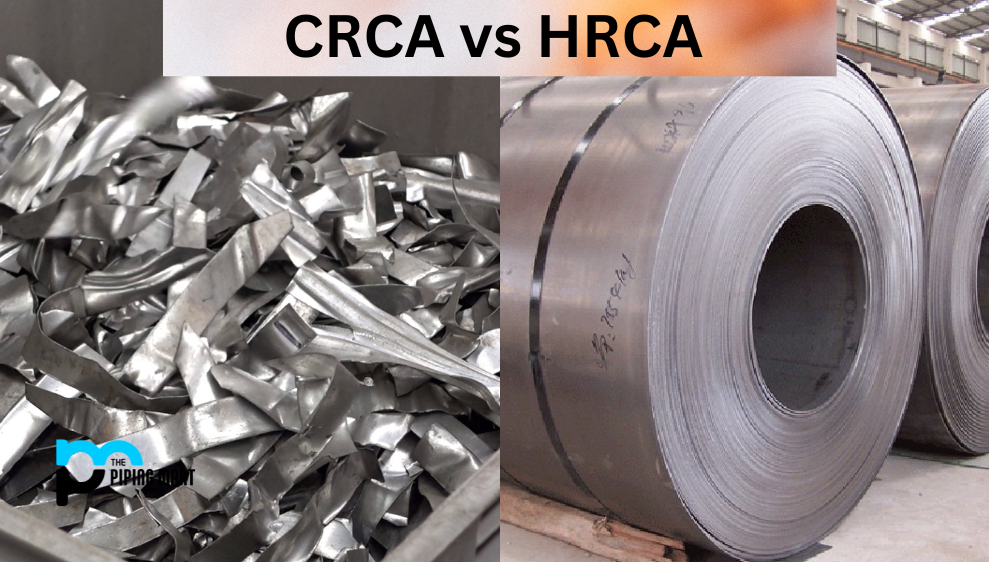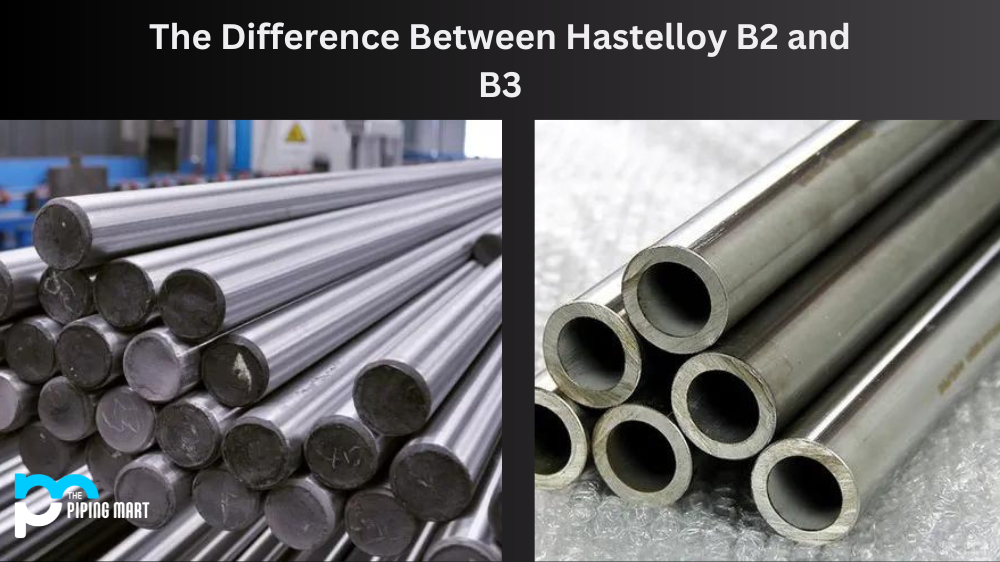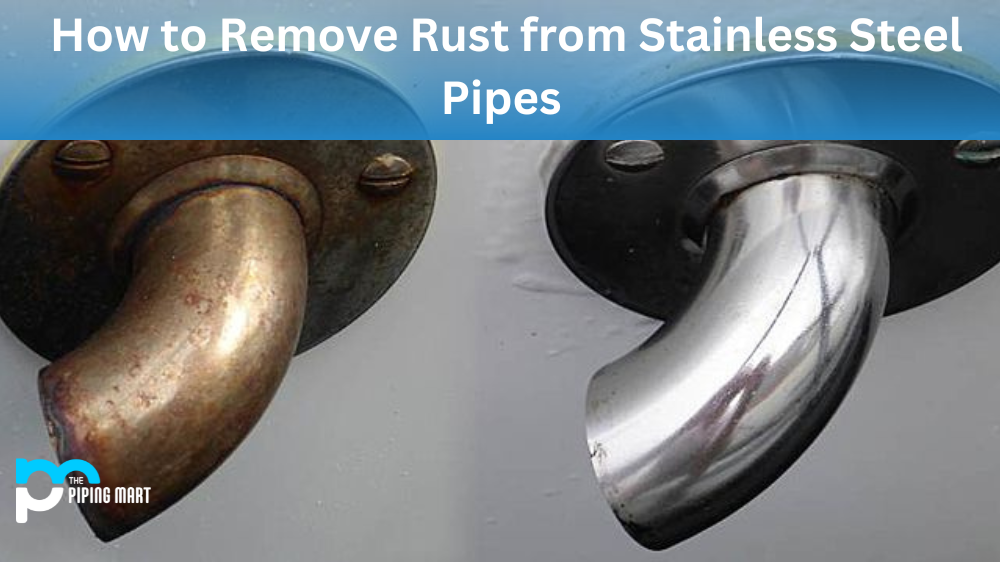The manufacturing industry is constantly evolving, and with these advancements come new materials to choose from. In particular, the industry uses two commonly used steel materials – CRCA and HRCA. But what exactly are these materials, and what distinguishes them? This post delves into the differences between CRCA and HRCA materials, their advantages and disadvantages, and where each is best suited.
Difference Between CRCA and HRCA
What are CRCA Materials?
CRCA, or Cold Rolled Close Annealed steel, is a type of steel processed in a cold rolling mill at room temperature. This process results in a smoother and stronger material with a consistent thickness. The steel is then annealed, or heated and cooled, to increase the material’s ductility. CRCA materials are most commonly used in producing automobiles, refrigerators, and air conditioners, among other items.
Advantages of CRCA Materials
- Smooth and consistent surface finish
- High-strength and durable
- It can be used for a variety of products
- Disadvantages of CRCA Materials:
- Susceptible to rust and corrosion
- Limited ductility
- Can have a higher cost
What are HRCA Materials?
HRCA, or Hot Rolled Close Annealed steel, is processed similarly to CRCA, with the significant difference being that HRCA steels are rolled at very high temperatures. This results in a rougher surface finish, but HRCA materials tend to have increased ductility and better shock resistance. HRCA materials are commonly used in applications that require more flexibility/elasticity, such as railroad tracks, pipes, and shipbuilding.
Advantages of HRCA Materials
- Good elasticity and flexibility
- Resistant to shock and stress
- Cost-effective
Disadvantages of HRCA Materials
- Inconsistent surface finish
- More susceptible to rust and corrosion compared to other materials
- Limited strength and durability
Applications and Suitability
Both CRCA and HRCA materials are used in various applications in the manufacturing industry, each offering different advantages and disadvantages. For instance, CRCA materials, like the automotive industry, are ideal for applications that need high strength and durability. In contrast, HRCA materials are perfect for applications that require more flexibility and elasticity, such as pipelines and railroad tracks. It is important to choose the appropriate material depending on the specific requirements of the application at hand, as selecting the wrong material could result in costly mistakes, delays, and a loss of productivity.
Making the Right Choice
When selecting between CRCA and HRCA materials, it is essential to consider the specific requirements of each job. While CRCA materials are more expensive, they are perfect for high-strength and durability applications. On the other hand, HRCA materials are more cost-effective and ideal for applications that demand increased flexibility and elasticity. Ultimately, choosing the right material boils down to understanding each material’s advantages, disadvantages, and suitability and selecting the material that suits the requirements of your project the best.
Conclusion
In summary, CRCA and HRCA materials are essential steel materials in the manufacturing industry. CRCA and HRCA materials offer different advantages and disadvantages based on their processing methods and applications, so selecting the right material for a specific job is important. Knowing the distinctions between CRCA and HRCA will help you make the most appropriate decision for optimal results, whether it’s increased strength and durability or more flexibility and elasticity.
Meet Heer, a dynamic and driven writer learning tricks of her trade in the metal industry. With a background in Digital Marketing, Heer brings a unique perspective to her writing, sharing valuable insights. Apart from blogging she like reading and hiking.




